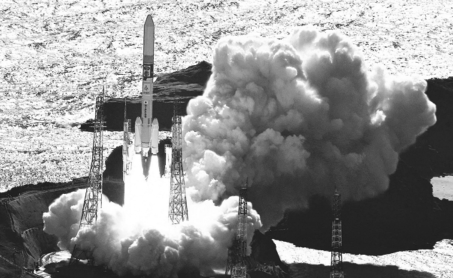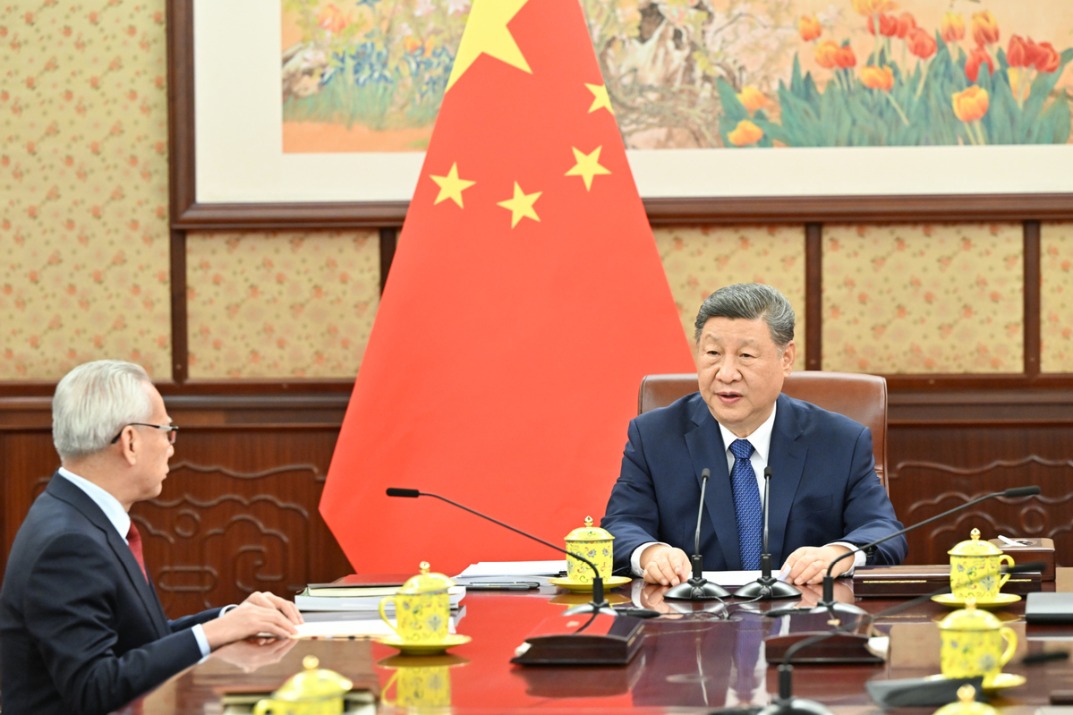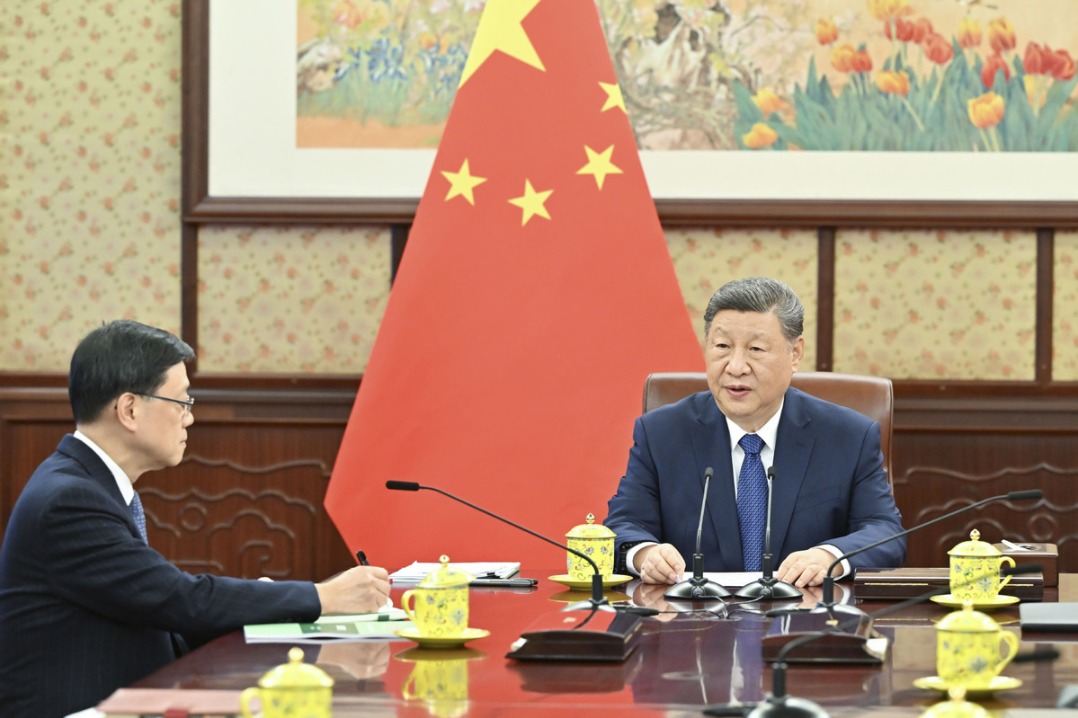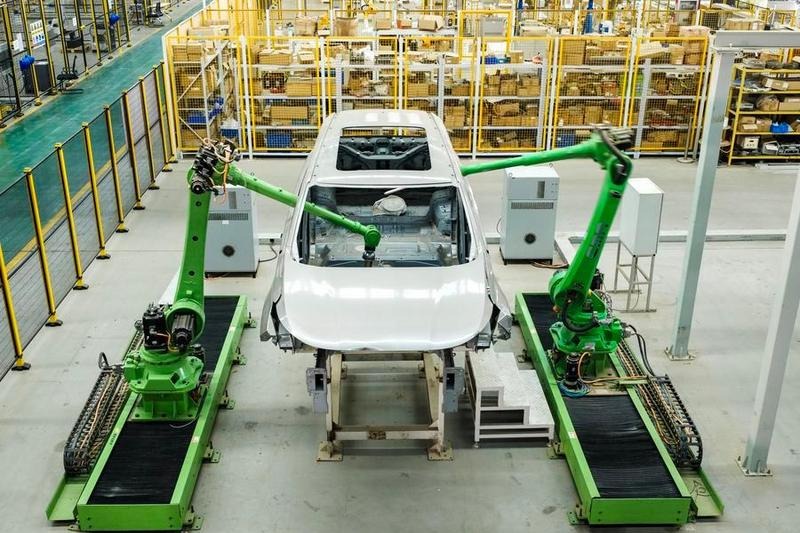Japan launches 'Moon Sniper' mission

TOKYO — Japan launched its lunar exploration spacecraft on Thursday as the country's space program looks to bounce back from a string of recent mishaps, weeks after India's historic lunar triumph.
Only the United States, Russia, China and India have successfully landed a probe on the moon, with two failed Japanese missions — one public and one private.
Watched by 35,000 people online, the homegrown H-IIA rocket took off from the southern island of Tanegashima and successfully released the lander, which is expected to touch down on the lunar surface early next year.
The launch had already been postponed three times because of bad weather.
The Smart Lander for Investigating Moon, or SLIM, is nicknamed the "Moon Sniper" because it is designed to land within 100 meters of a specific target on the surface, much less than the usual range of several kilometers.
"The big objective of SLIM is to prove the high-accuracy landing ...to achieve 'landing where we want' on the lunar surface, rather than 'landing where we can'," Hiroshi Yamakawa, president of Japan Aerospace Exploration Agency, or JAXA, told a news conference.
The $100-million mission is expected to start the landing by February after a long, fuel-efficient approach trajectory.
The H-IIA rocket also carried the X-Ray Imaging and Spectroscopy Mission satellite, a joint project of JAXA, NASA and the European Space Agency. XRISM aims to observe plasma winds flowing through the universe that scientists see as key to helping understand the evolution of stars and galaxies.
The launch comes two weeks after India became the fourth country to land a spacecraft on the moon with its Chandrayaan-3 mission to the unexplored lunar south pole.
Two earlier lunar landing attempts by Japan failed in the past year. JAXA lost contact with the Omotenashi lander and scrubbed an attempted landing in November. The Hakuto-R Mission 1 lander, made by Japanese startup Ispace, crashed in April as it attempted to descend on the lunar surface.
Japan has also had problems with its launch rockets, with failures after liftoff of the next-generation H3 in March and the normally reliable solid-fuel Epsilon in October.
In July, the test of an Epsilon S rocket, an improved version of the Epsilon, ended in an explosion 50 seconds after ignition.
Japanese Prime Minister Fumio Kishida said in a social media post after the latest launch on Thursday that developing flagship rockets is essential for Japan's independent space activities.
"We'll build up the momentum toward the successful relaunch of the H3 rocket," Kishida wrote on X, formerly Twitter.
Agencies via Xinhua

Today's Top News
- Foreign ministers of China, Egypt call for Gaza progress
- Shield machine achieves Yangtze tunnel milestone
- Expanding domestic demand a strategic move to sustain high-quality development
- Xi hears report from Macao SAR chief executive
- Xi hears report from HKSAR chief executive
- UN envoy calls on Japan to retract Taiwan comments






























